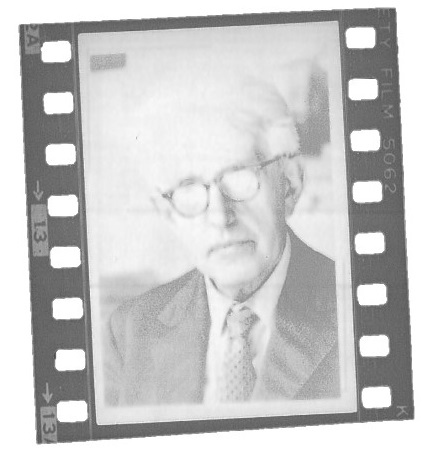Kant's star-clad SKY
Dr Hine writes:
One starting point in considering the qualities of a translation is to look at other translations. In English Kant studies, it seems that Thomas Kingsmill Abbott held the field for the late nineteenth and early twentieth centuries.
I don’t think I really absorbed that Kant had actively studied the “star-clad sky”* back when I first encountered his works as an undergraduate. If it weren’t for Abbott’s ‘Memoir of Kant’ I might still not realise that he had essayed an answer to the question of whether the length of a day was constant. Though miscalculating the scale of the effect, he judged correctly that the moon’s influence on waves influenced the earth’s rotation (xvi-xvii).
Re-reading the conclusion to the Critique of Practical Reason, I found his optimism for practical (moral) philosophy as a science based on the same step-by-step proceedings as physics, and the solid advances he saw had been made within it, powerful. (As well as his biting sarcasm about “astrology”.)
*This is how Cassirer translates Kant's "bestirnte Himmel". See Kant's Critique of Practical Reason, p. 201.
![[Snapshot of promotional text:] "For heaven's sake, buy two books: KANT'S 'Fundamental Principles of the Metaphysic of Morals,' and KANT'S 'Critical Examination of Practical Reason.' KANT is not a light of the world, but a whole solar system at once."--JEAN PAUL RICHTER](star-clad/788f983fa0de313c842d6515d6dc23b1.jpg)
